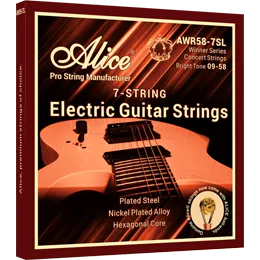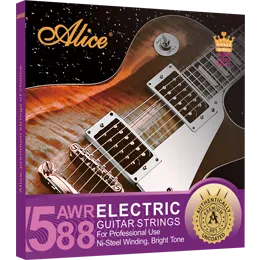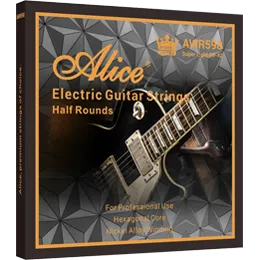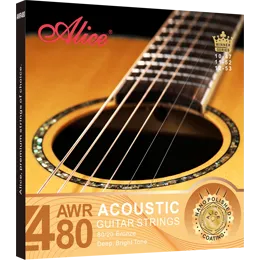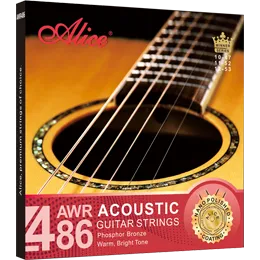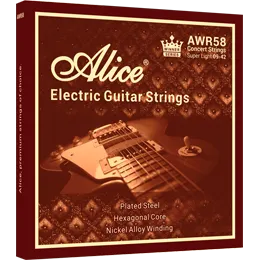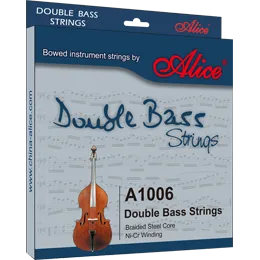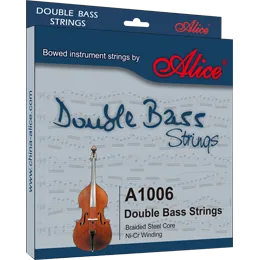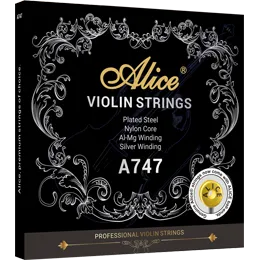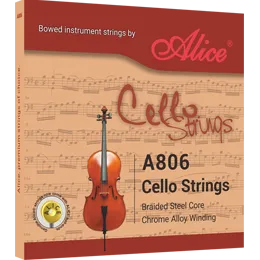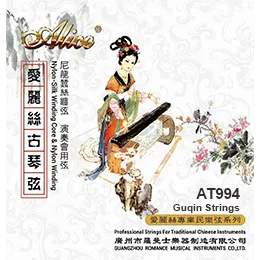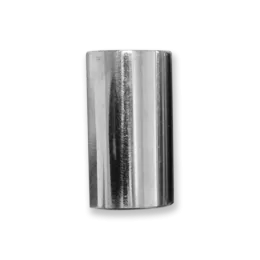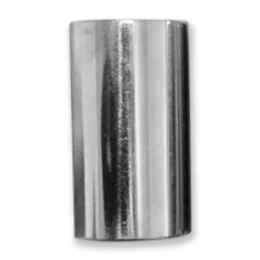What is Guitar Harmonics? How To Practice The Impressive Guitar Technique?
Music and science have always had a strong relationship, and you can easily understand it with the help of harmonics. A harmonic in physics is a sound wave whose frequency is the integer multiple of the fundamental tone.
In music, harmonics are amplified overtones. Imagine you are plucking the acoustic guitar strings ; they vibrate at their main frequency and create the base tone you hear. At the same time, the string also vibrates in smaller sections; these vibrations are echoes of the main tone, also known as guitar harmonics or simply harmonics.
Guitar harmonics are highly appreciated for their unique sounds and for adding a rich flavour to the music. Please keep reading to learn more about this interesting music technique and how to practice it.

Guitar Harmonics: Exploring The Sound Production
To explore sound production in harmonics, we will first understand how they differ from regular sounds.
If you take a guitar and start playing the second string at the 12th fret, the entire string will vibrate at its fundamental frequency. However, you will hear multiple pitches, which means that you are playing B5 and producing multiple overtones. These overtones contribute to the overall sound of the note.
Guitar harmonics occur at the integral multiples of the fundamental frequency, which is the loudest pitch. For example, if the base frequency is 100 Hz, the first harmonic will be at 200 Hz, 300 Hz, 400 Hz, and so on. This creates a unique blend of ethereal sounds such as wind-chime, bells, and sometimes raindrops.
How To Play Harmonics: Natural and Artificial Techniques
Playing harmonics is all about consistent practice with different techniques. There are two famous methods of harmonics: natural harmonics (left-handed harmonics) and artificial harmonics.
Natural Harmonics: The Left Hand Technique
Natural harmonics, also known as the left-hand technique, is a way of playing harmonics by resting your finger above the fret wire on the specific fret you are trying to play. To practice this, try the following method:
· Fret the string: Place your fretting hand or left hand lightly on a guitar string. An easy place to start is the third string at the twelfth fret, which divides the note into two halves. This will generate a harmonic with the same pitch and notes as the opening strings underneath it.
· Pluck the String: Lightly touching the string above the twelfth fret, strike the string normally with your picking hand.
· Release the string: Quickly lift your fretting hand and let the string ring. Doing this alters the string length and generates natural harmonics.
Artificial Harmonics
Artificial harmonics are more advanced techniques of playing harmonics. Once you have learned natural harmonics, you can continue to practice in different ways, such as:
· Tap Harmonics: Famous for Eddie Van Halen’s ‘Eruption,’ this technique combines tapping with harmonics. Use your index finger to tap the fret 12 frets higher than your fretted note. Producing a high-pitched, bell-like sound.
· Pinch Harmonics is a technique of guitar harmonics that produces an ethereal, bell-like sound. You can do this by picking a fretted note with a flicking motion so that your guitar strikes the note, but the flesh of your thumb mutes the vibration. This is used to create unique sound effects.
· Harp Harmonics: For generating harp harmonics, place your index finger lightly above the fret wire 12 frets higher than the base note. This divides the string into half and creates a 12th fret style harmonic.
Create Your Dream Soundscape with Alice AWR49J Acoustic Guitar String Set
Do you want to get your hands on some soulful guitar harmonics? Try the Alice AWR49J acoustic guitar string set. With a phosphor bronze winding, these strings produce a warmer and fuller sound for harmonics and fingerpicking. Their nano-coating protects strings from corrosion and wear and extends their lifespan with a smooth finish, so you never get tired of playing your favourite tunes. Alice AWR49J is available in superlight(11-52) to light(12-53), preferably for a 6-string acoustic guitar. It is an ideal instrument for those who want to experiment with jazz, harmonics, and country.

Conclusion
Music lovers have always been fascinated with guitar harmonics. This shimmery, ethereal, and unique blend of notes has been practised for decades by stars like Metallica, Led Zeppelin, Beatles, and many others. Alice has been producing some of the finest guitar strings and musical accessories to help musicians create the finest melodies of all time. With their highly professional Research and Development, every single string is developed with utmost care and perfection.
Related Blogs:
How Do You Protect Your Acoustic Guitar and Acoustic Guitar Strings in Winter?
Relate News


5 Key Indicators to Identify High-Quality Acoustic Guitar Strings

What Are Guqin Strings Made Of?

Silk Strings, Steel Strings, and Nylon Strings: Which Is Best for Your Traditional Music Performance?

Complete Guide to Guitar String Materials

Orchestral Strings Explained: A Beginner-Friendly Guide to Violin, Viola, Cello, and Double Bass

Tone Comparison of Brass Alloy, Phosphor Bronze, and Coated Guitar Strings

How to Choose the Right Guitar Strings for Your Performance: A Scenario-Based Buying Guide

OEM Guitar String Customization: A Detailed Guide to the Process

Copper Alloy vs Phosphor Bronze: Which Acoustic Guitar Strings Suit You Best?
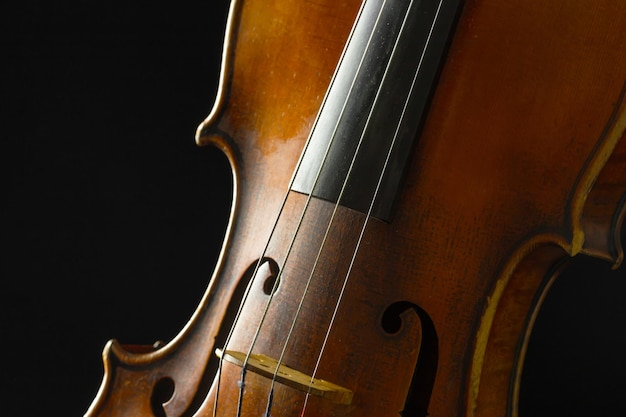
Cello Plucking: Can You Pluck a Cello with Your Fingers? How-To And Tips



